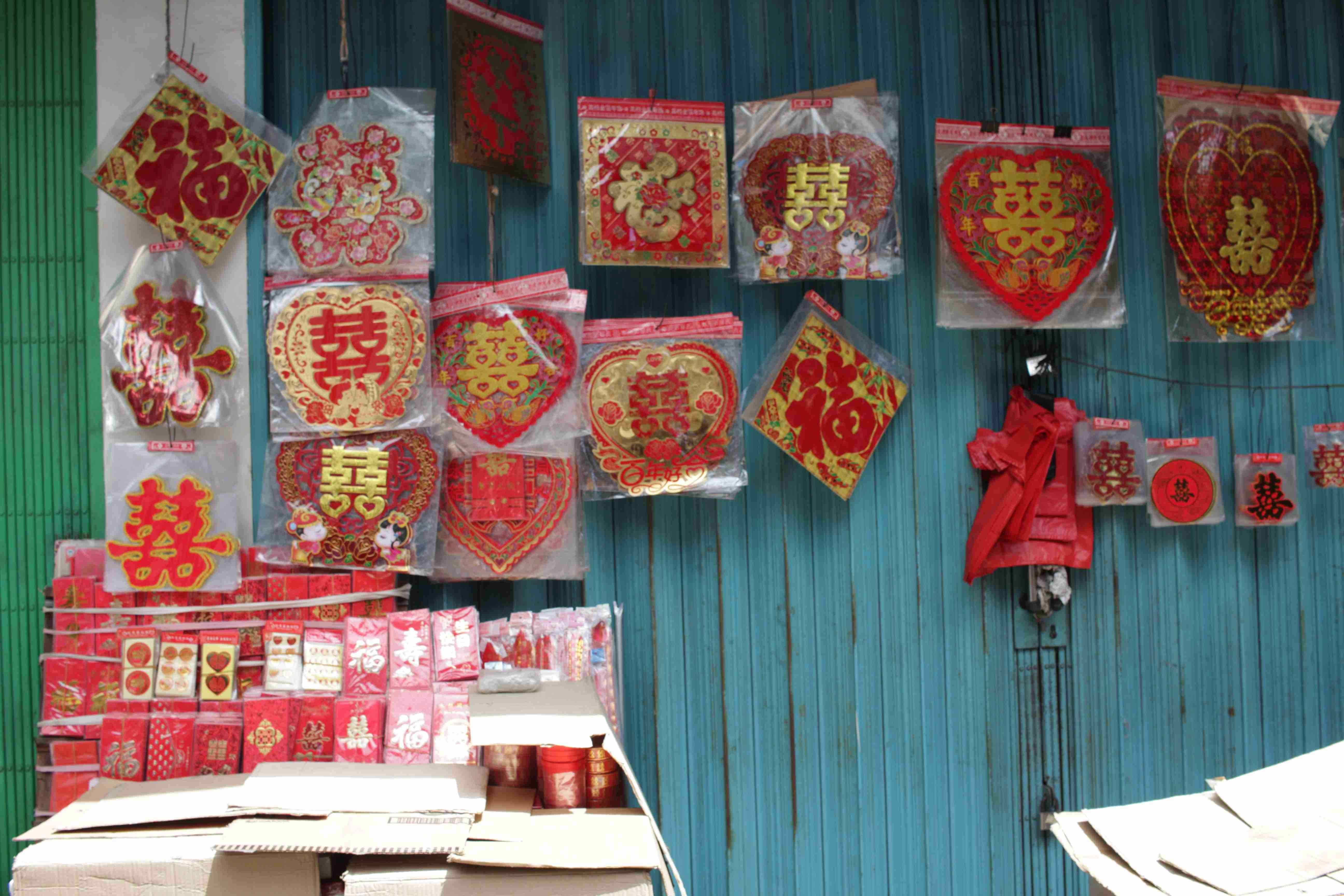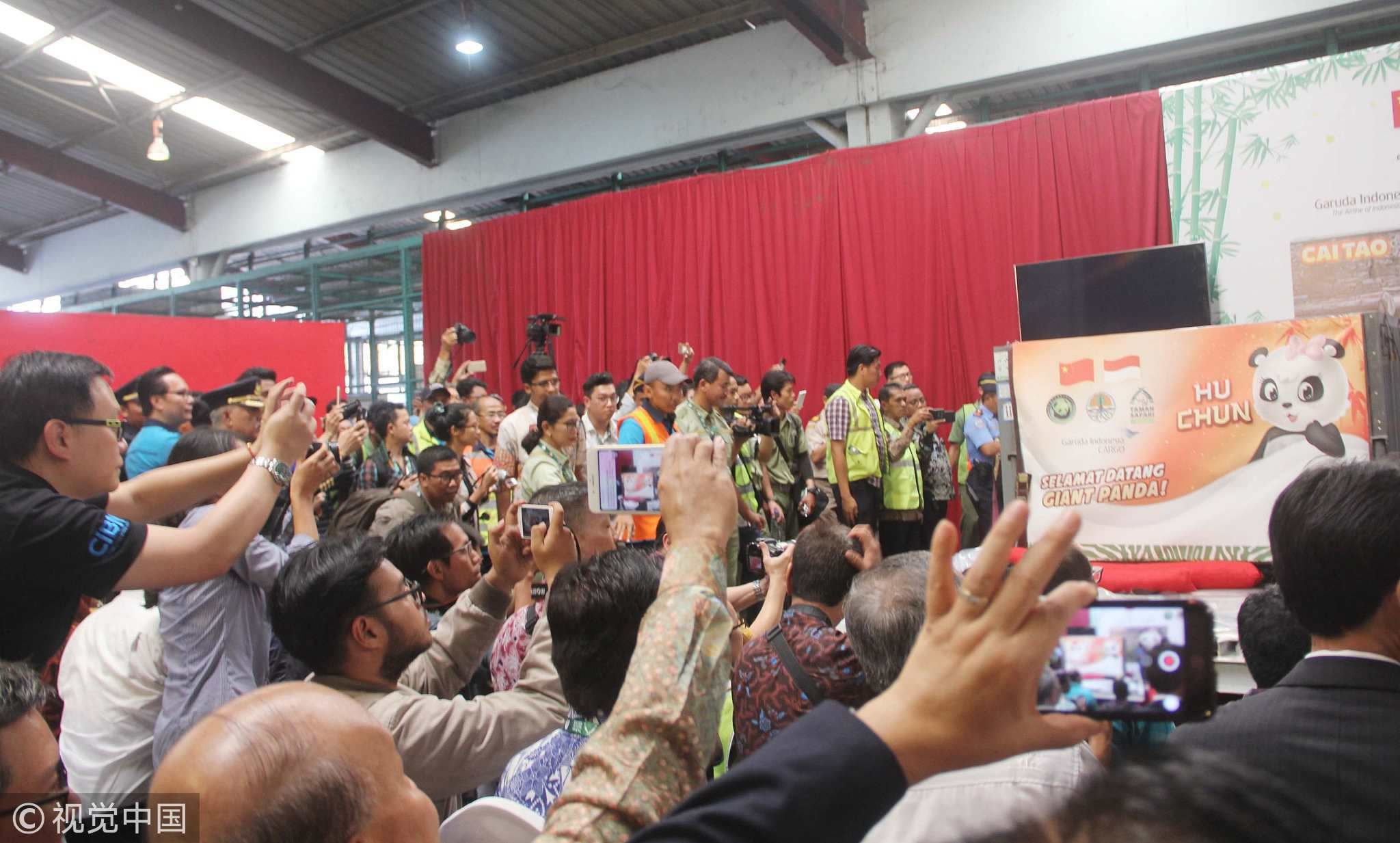
Culture
10:46, 08-May-2018
Premier Li Keqiang’s visit to strengthen people-to-people contact between China and Indonesia
By Silkina Ahluwalia

China and Indonesia has built strong economic relations during the last few decades. In recent years, the Belt and Road Initiative has strengthened that relationship even further. Indonesia’s current government, being led by President Joko Widodo, puts Infrastructure projects as the main priority for Indonesia’s future developments.
But those aren’t the only way both countries are strongly connected. In the past couple of years, China and Indonesia are tightening their partnerships in other aspects as well, such as people-to-people exchange including in areas of education and tourism.
With Premier Li Keqiang’s visit those areas would be greatly improved. Chinese tourists have already made up the most number of visitors in the popular Indonesian island of Bali.
Local airlines have introduced new routes from two to three-tier cities in China that arrives directly in the island, almost doubling the number of tourists entering Indonesia.

Chinese products sold in Indonesia. /CGTN Photo
Chinese products sold in Indonesia. /CGTN Photo
However, one of the biggest change in recent years is the introduction of traditional Chinese culture through art forms in Indonesia.
The National Ballet of China brought its acclaimed "Raise the Red Lantern" ballet to the Indonesian capital back in 2016. The performance began lighting the way for cultural exchange.
A group of young performers have also brought back the ancient puppetry art form called Potehi Puppet, which is regularly performed in local malls, universities, temples and gatherings.
Dwi Retno Astuti is just one among many Indonesians that has been inspired by Chinese art. She is the founder of the Puppet House of Love. She said thousands of years of Javanese art has always been inspired by Chinese traditions.
“If we look way back to the 16th century, we can see that ancient Indonesian art, especially carvings, has a lot of Chinese influence in it. I am trying to introduce people the strong cultural relations between Indonesia and China that has existed for centuries.”

File of Indonesian people welcoming giant pandas from China. /VCG Photo
File of Indonesian people welcoming giant pandas from China. /VCG Photo
In August 2017, one of the biggest Chinese lantern festivals was held in Jakarta. Nearly 3,000 colorful lanterns decorated the city of Jakarta prior to the Chinese New Year.
These cultural events not only aim to promote closer people-to-people contact between China and Indonesia, but to encourage the locals to maintain harmony among other cultures and traditions.
Along the way, they begin to learn and understand China as a country even more.
“China now has a lot of interest to strengthen the relations in many other aspects such as social and culture," said economic analyst, Yose Rizal Damuri. "Perhaps, those things are even more important because we can have better and stronger economic relations."
"If we don’t understand each other, then those kinds of progress which we already have would not be sustainable. People-to-people connectivity has to be strengthened and hopefully Li Keqiang’s visit can also improve that kind of relations so not only the leaders can meet, but also the people,” he added.
Cultural exchange programs remain crucial in Indonesian and Chinese partnership. It helps to further lay the foundation of development for bilateral relations between the two nations, nurturing a relationship that began decades ago and gaining greater potential for opportunities in the future.

SITEMAP
Copyright © 2018 CGTN. Beijing ICP prepared NO.16065310-3
Copyright © 2018 CGTN. Beijing ICP prepared NO.16065310-3